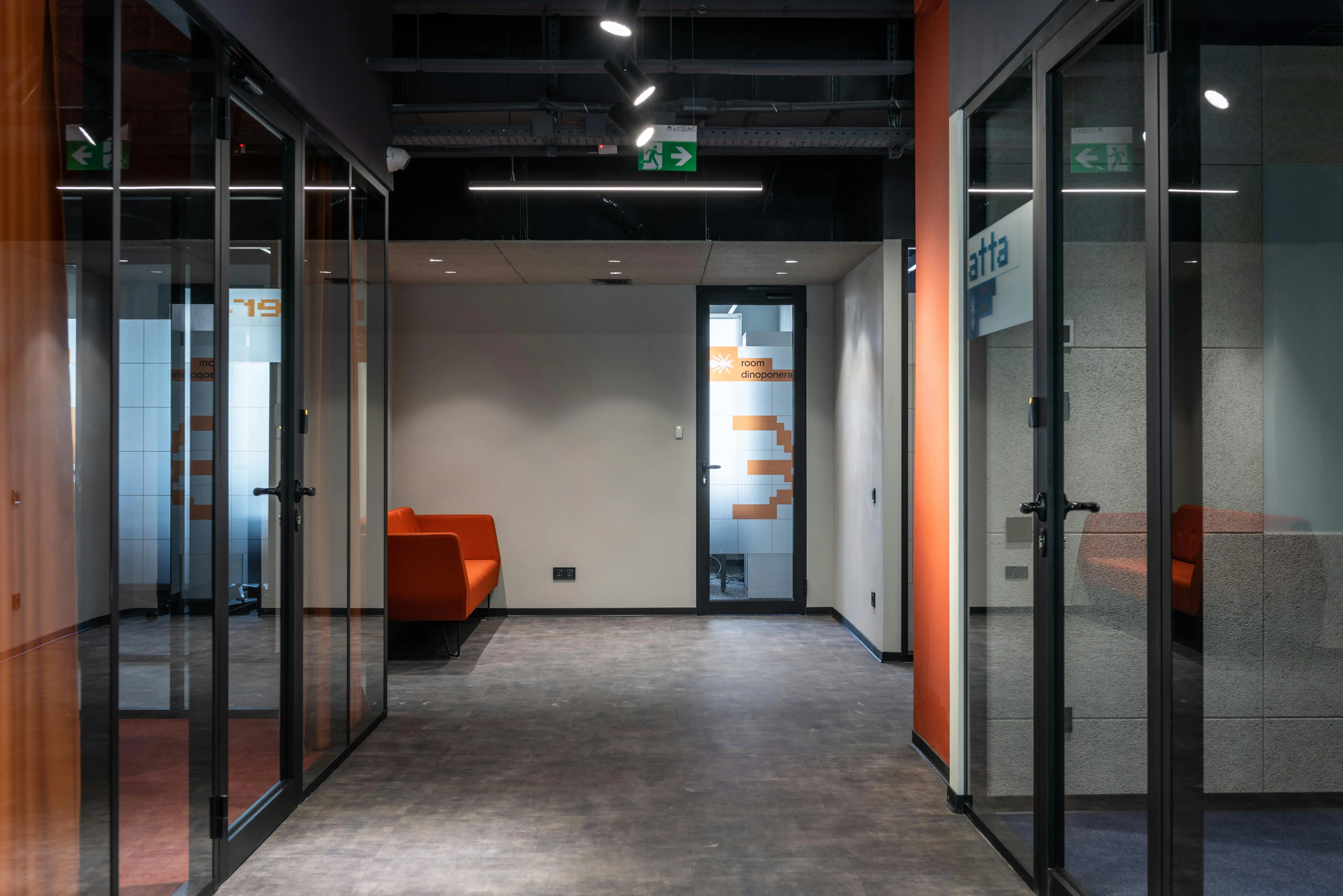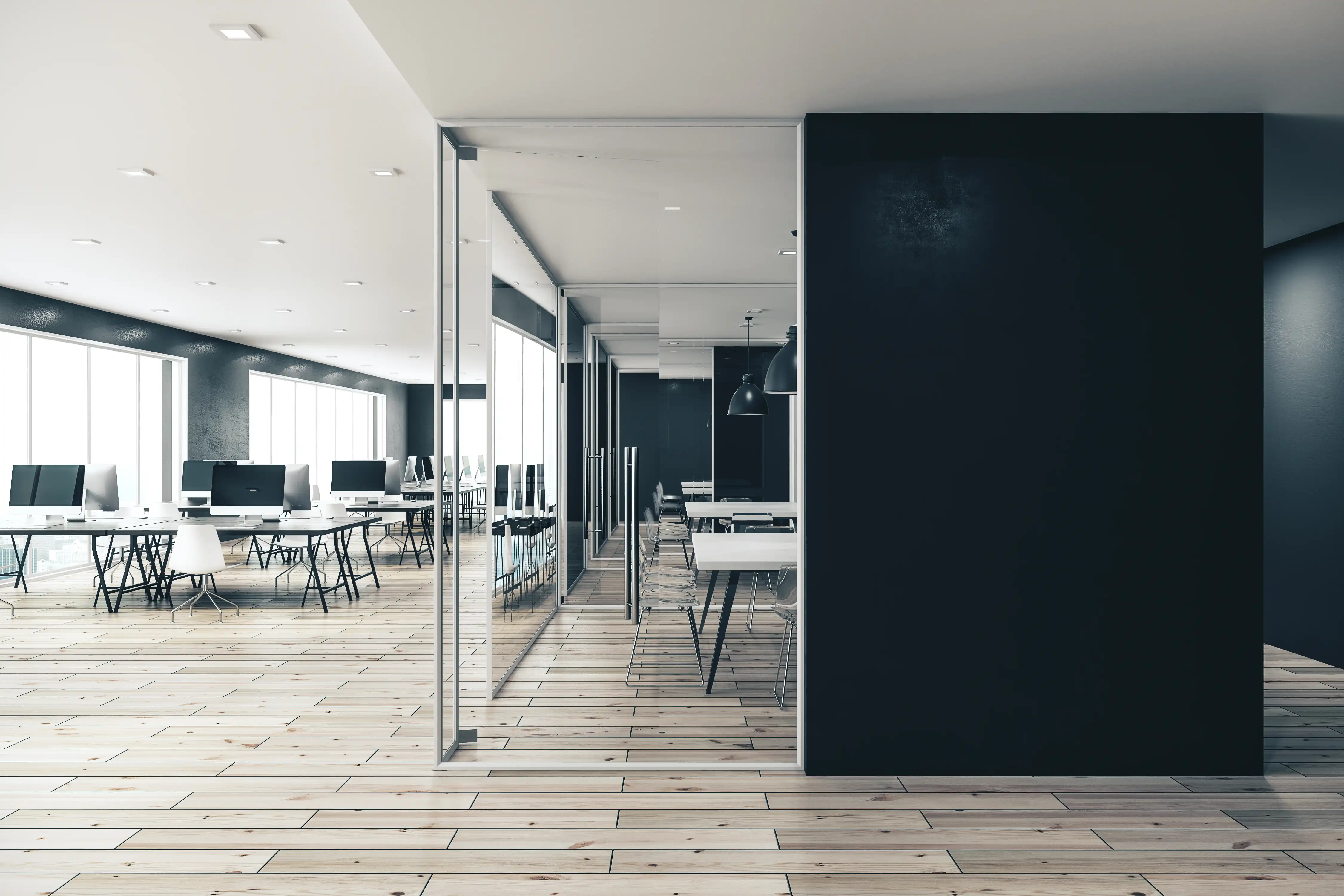Here at Precision Office Solutions, we have had a front-row seat to the change occurring in the workplace, particularly in the transition towards hybrid work environments. The adoption of hybrid models, balancing remote and office work, has not only transformed how we conceive of office spaces but also how we must approach their design and functionality. Drawing upon insights from recent research and our own experiences installing office furniture across cities like Nashville TN, Charlotte NC, and Charleston SC, this article delves into the evolution and implications of hybrid workspaces.
The Need for Hybrid Flexibility
The rise of hybrid workspaces is underpinned by a blend of employee desire for greater work-life balance and the organizational need for flexibility and resilience. According to WeWork's research with Workplace Intelligence, the future of work is undeniably hybrid, emphasizing workspaces that can cater to a myriad of employee needs—from focusing and collaborating to balancing work with family commitments.
Our projects in Charleston SC, in particular, have reflected this shift towards spaces that support various working scenarios within a single environment. For instance, installations now frequently include modular setups that can easily transition between individual workstations and collaborative spaces, responding to the daily flux of in-office and remote workers.

Hybrid Work: Good for Business and People
The move towards hybrid work isn't just a temporary response to the global pandemic; it's a strategic adaptation that yields significant benefits for businesses and employees alike. Gartner's 2020 ReimagineHR Employee Survey highlighted a noteworthy increase in employee performance when companies shifted to a model of radical flexibility, underscoring the potential for hybrid workplaces to enhance productivity and employee satisfaction.
This aligns with our observation that companies investing in versatile office furniture and tech-equipped spaces are seeing higher levels of engagement and efficiency. By allowing employees the freedom to choose where and how they work, companies in Nashville and Charlotte are fostering environments where innovation and creativity can flourish.
The Role of Office Furniture Installers in the Hybrid Model
The transition to hybrid models has elevated the role of office furniture installers from mere service providers to strategic partners in workspace design. Our experience across diverse markets, including the burgeoning tech and financial hubs of Charlotte and Nashville, has shown that the right furniture setup is crucial for supporting hybrid work. From ergonomic workstations that cater to individual productivity to communal areas designed for spontaneous collaboration, the physical environment plays a pivotal role in the success of the hybrid model.
Responding to Evolving Needs
As hybrid work continues to evolve, so too does the need for spaces that can adapt to changing work patterns. Research and discussions, such as those presented in the WeWork and Steelcase studies, provide valuable insights for companies navigating this new normal. In Charleston, for example, we've seen an uptick in requests for installations that prioritize not just functionality but also employee well-being and engagement, signaling a broader recognition of the office as a space for connection and community.
Conclusion
The journey towards effective hybrid workspaces is complex and ongoing, but it's clear that the future of work is flexible. By leveraging insights from research and applying lessons from on-the-ground experiences in cities like Nashville, Charlotte, and Charleston, companies can create environments that support the diverse needs of their workforce. As office furniture installers, our role is to facilitate this transition, ensuring that every installation not only meets the immediate functional requirements but also contributes to a sustainable, productive, and inclusive workplace culture.
